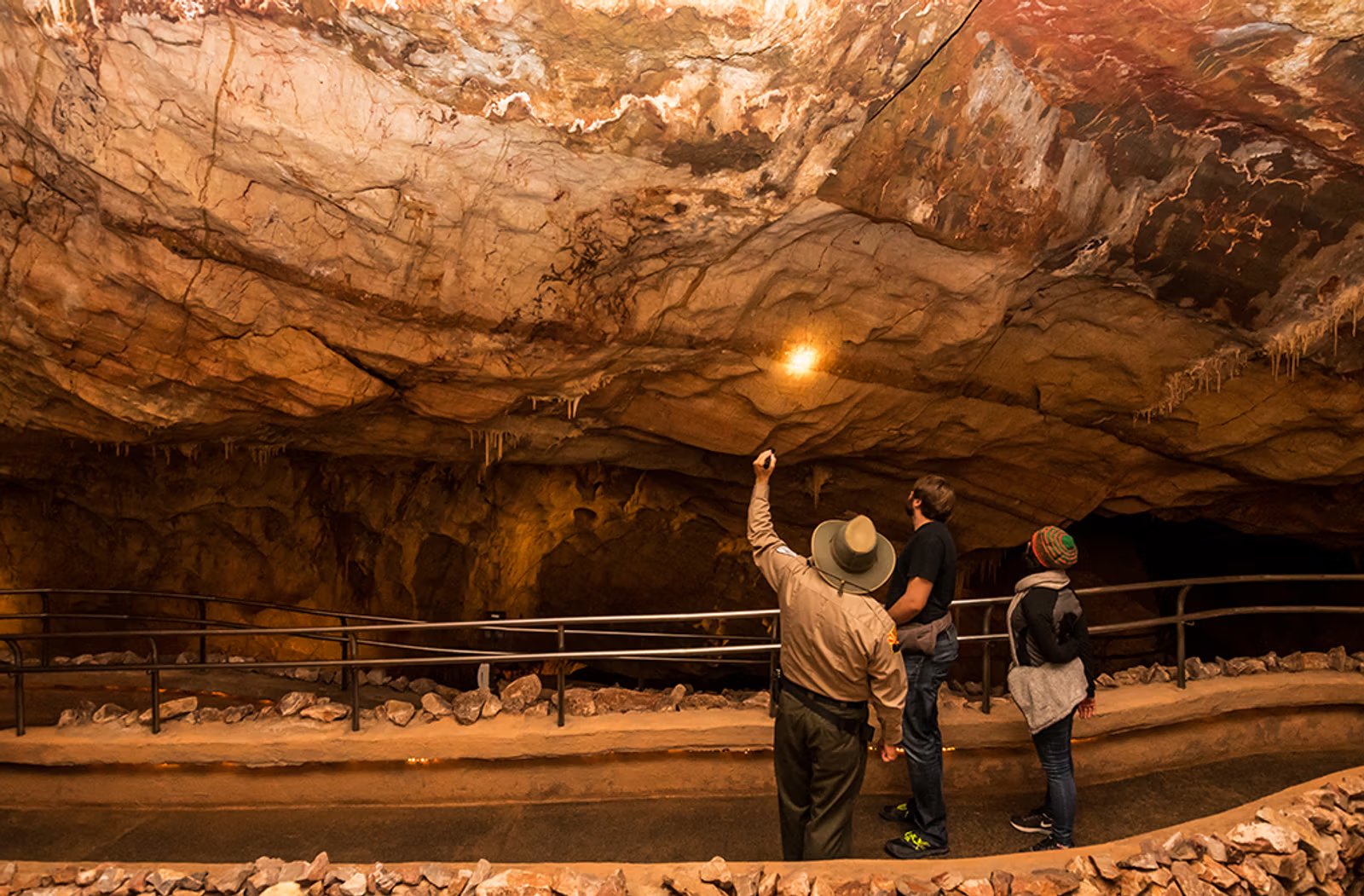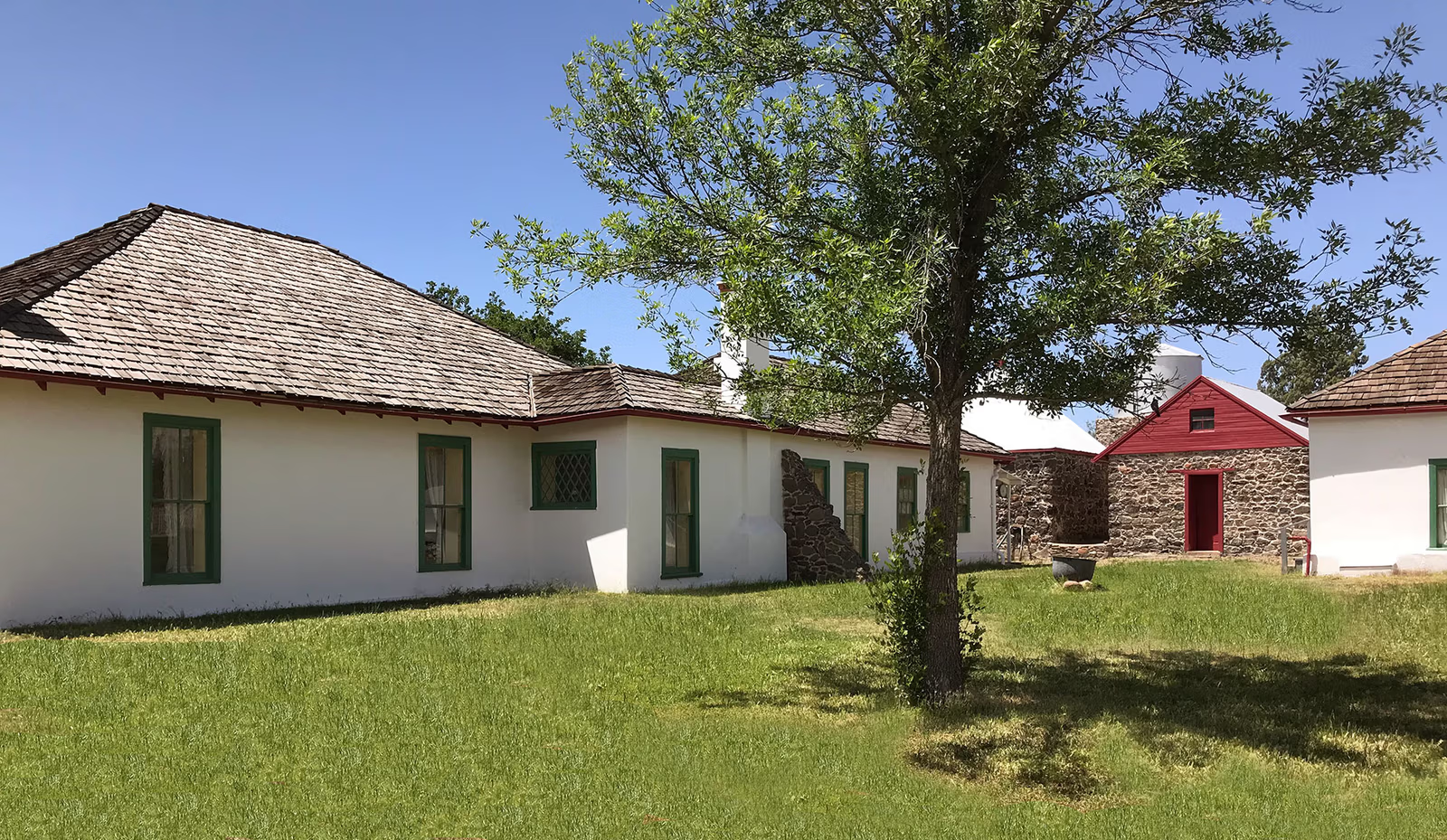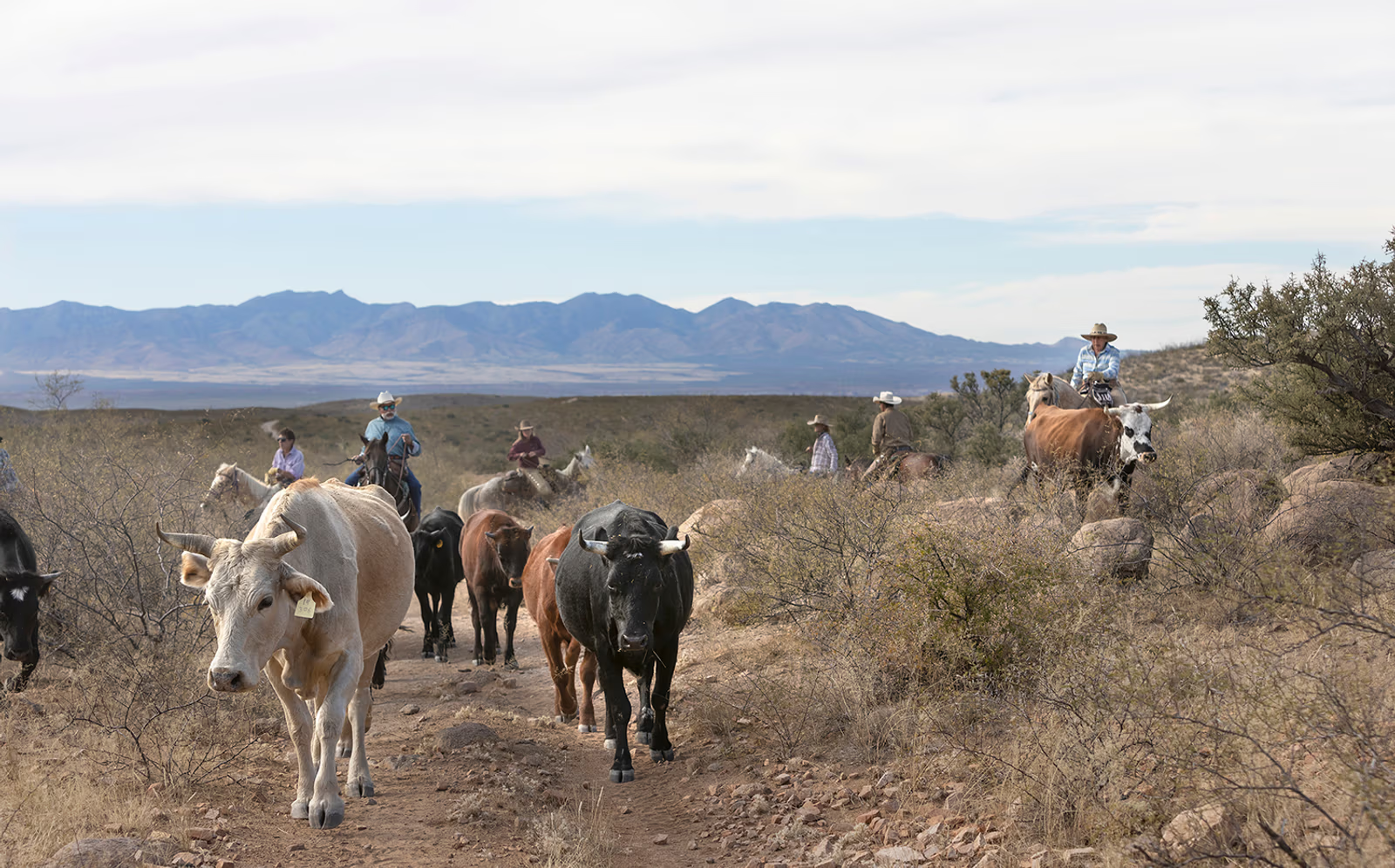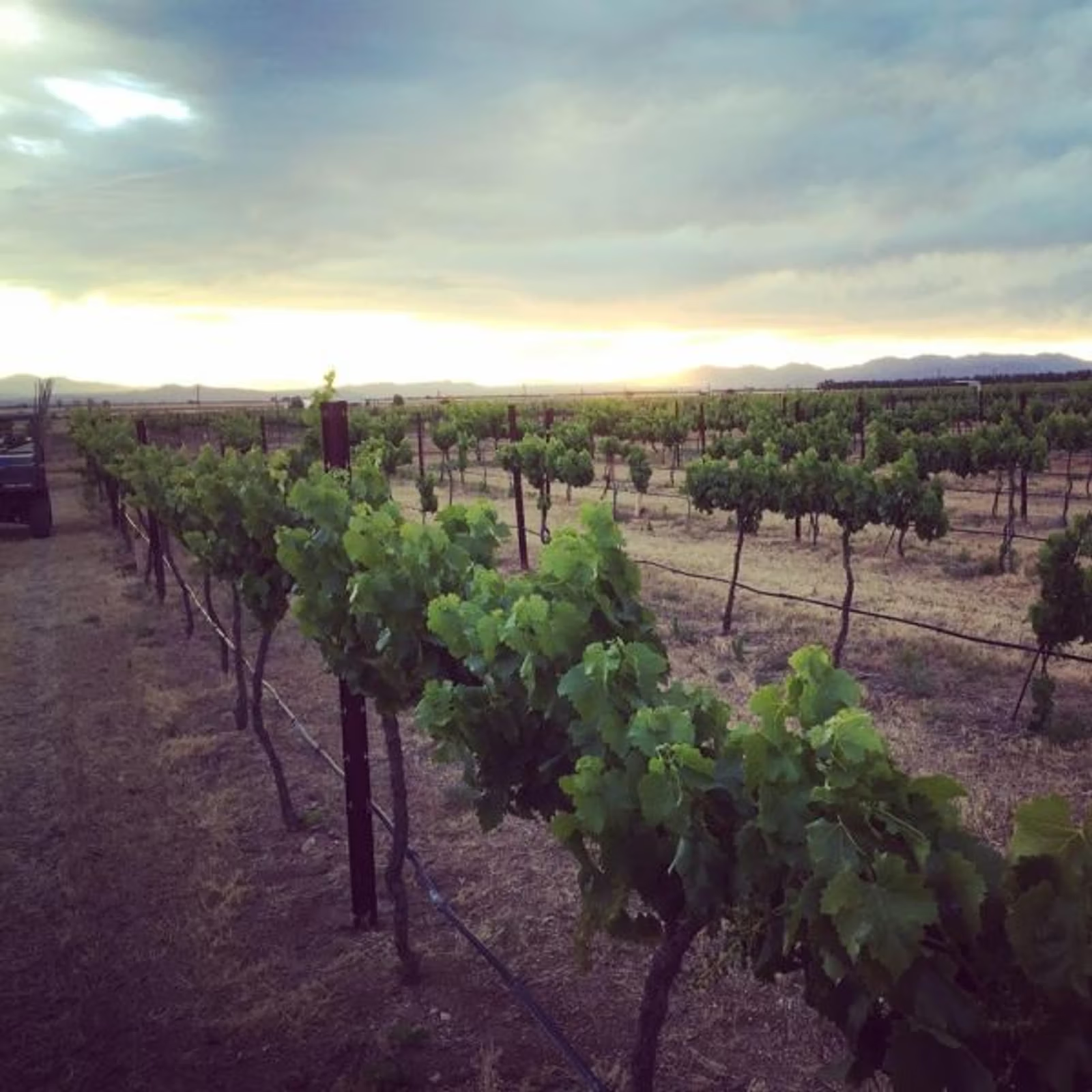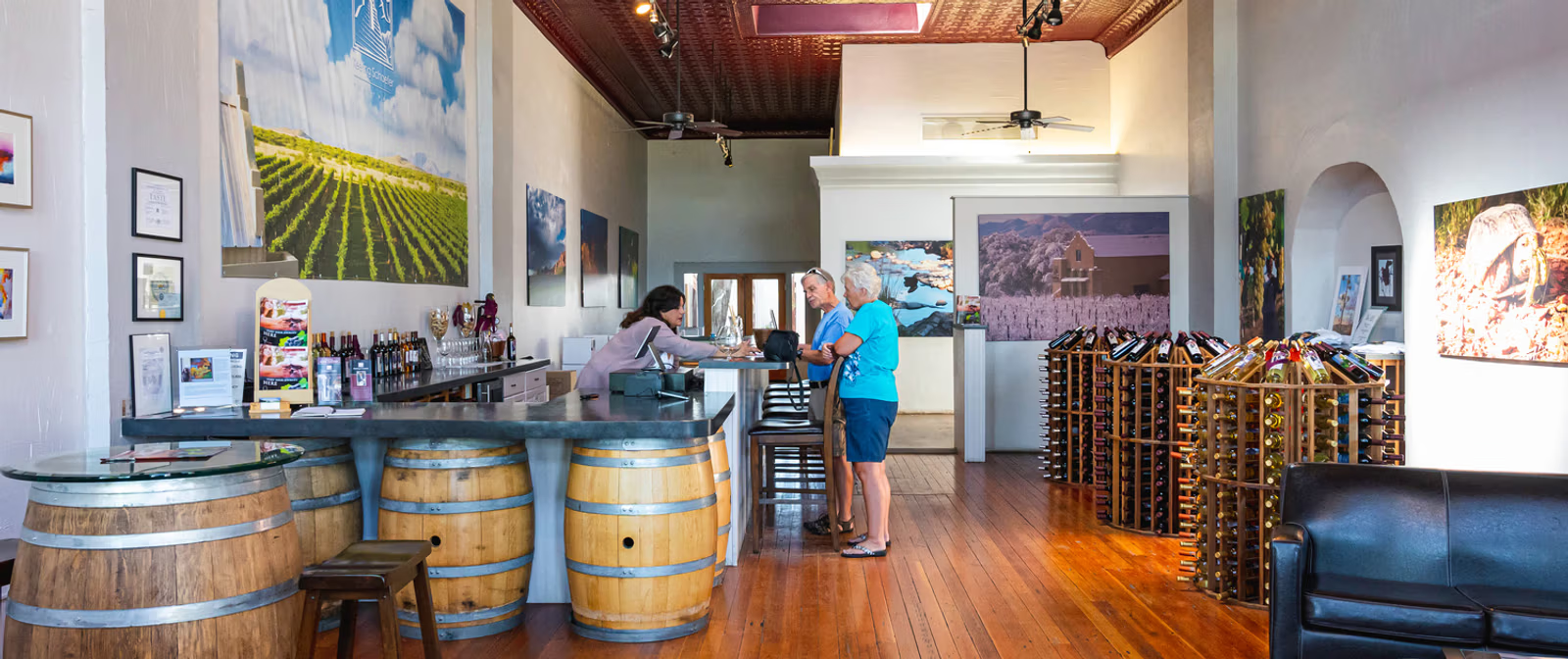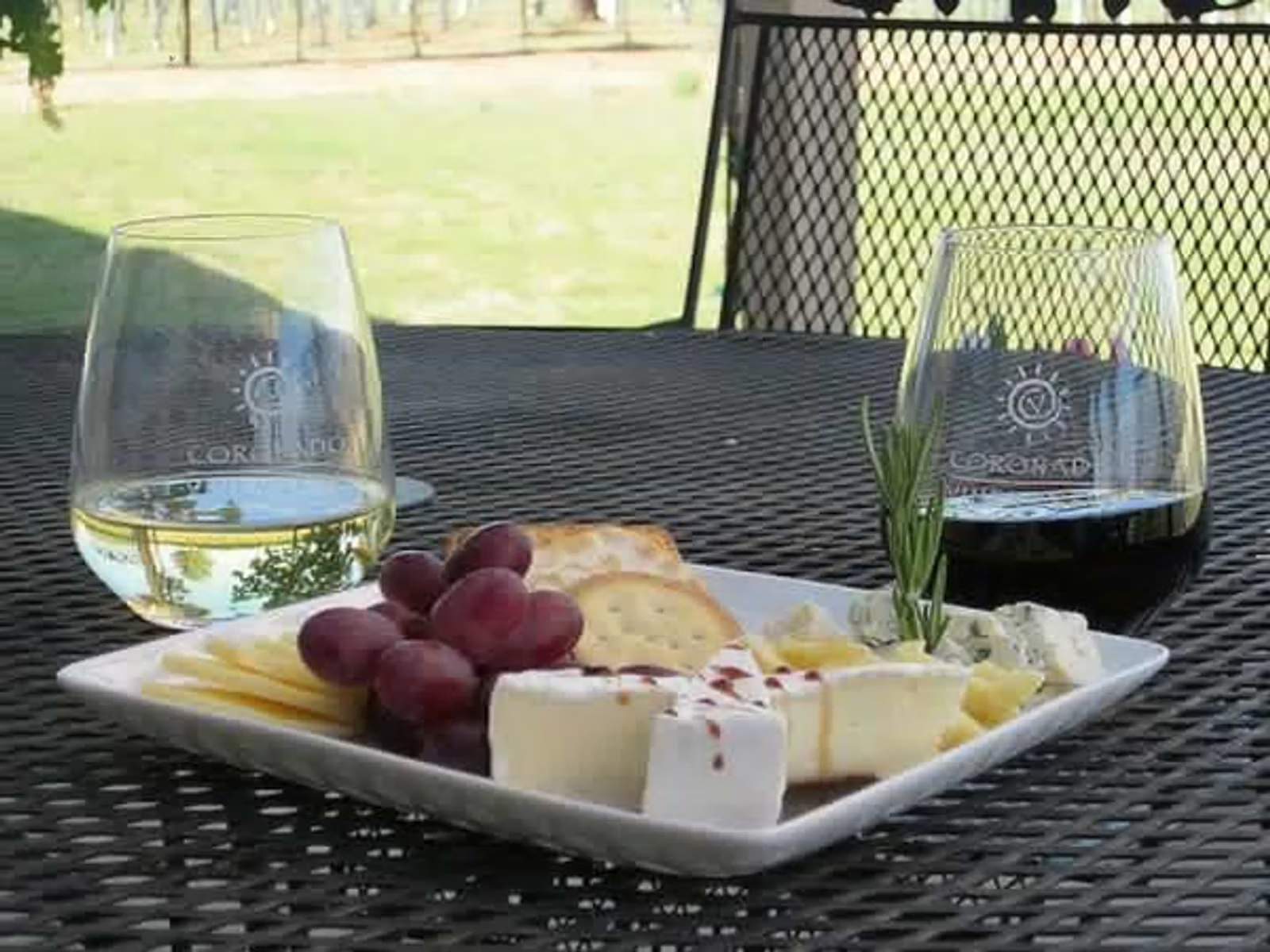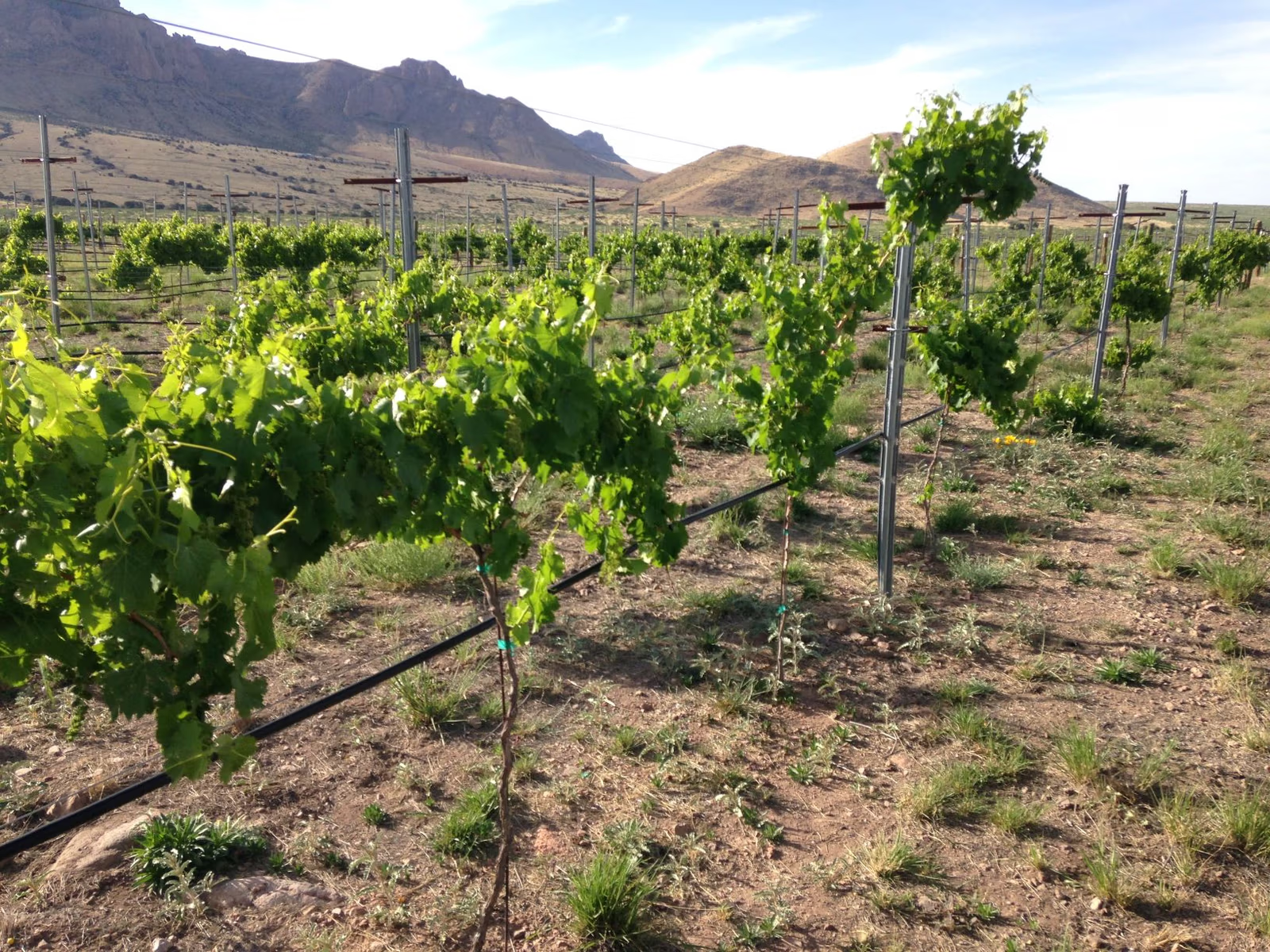Tucked in the southeast corner of Arizona, the region known as Cochise County is home to multiple small towns with legendary history — including Tombstone ("the town too tough to die"), the artsy community of Bisbee and Willcox, located in the heart of Arizona's Willcox Wine Region. And, since many are less than an hour from one another, it's possible to start your morning in one, continue on to another and finish your evening in yet one more.
Benson
Once an active transportation hub — first stagecoaches, then trains — travel is ingrained in the town of Benson. At the visitor center, housed in a replica 19th-century railroad depot, you can view images of the town's past as a stop on the Southern Pacific Railroad Line and try the free train simulator. (Kids who try it will receive a souvenir Benson Train Engineer certificate.)
In October, the town hosts its annual Butterfield Overland Stage Days, a nod to Benson's heritage as a stagecoach stop during the early pioneer days. Residents celebrate with a parade, rodeo and a recreation of a Pony Express Ride through downtown.
Once you've had your fill of "modern" technology, check out the prehistoric, subterranean wonder of Kartchner Caverns State Park just 15 minutes south of Benson. Inside this fully accessible "living cave" are soda straw stalactites and other rock formations formed over millions of years, including the 58-foot column dubbed Kubla Khan. Wannabe astronomers can hang around until the evening when the clear, dark skies are perfect for stargazing.
Bisbee
You can spend 48 hours in this mining-camp-turned-artist-community and still not see everything. If you have some extra time, take a stroll on Erie Street, all that remains of the former mining town of Lowell, Arizona. Most everything here is decorative — a full-size preserved time capsule of 1950s Americana — like the Harley Davidson repair shop and Shell gas station where era-appropriate cars sit parked at the pumps eternally waiting for a fill-up.
Erie Street is also home to the Bisbee Breakfast Club, a very real restaurant serving up heaping portions of breakfast and brunch favorites. Back toward Main Street you'll find even more food options, as well as Brewery Gulch and its selection of — you guessed it — microbreweries.
Douglas
Much like its northern neighbor, Bisbee, the town of Douglas boomed during the copper mining heydays of the late 19th century, and it was during this period that two of its most enduring landmarks were constructed — The Gadsden Hotel and lawman John Slaughter's ranch.
With its Italian marble columns, 42-foot-long Tiffany stained glass windows, and ceilings embellished with gold leaf, The Gadsden Hotel is a historic reminder of Old West opulence. New owners have restored the lobby and much of the lower-level rooms to their former glory while adding modern comforts and amenities. (Local lore has it that Mexican general Pancho Villa once rode his horse up the grand lobby staircase where a chip can still be seen in one of the steps.)
Cattle rancher and Cochise County sheriff, "Texas John" Slaughter, was one of the Southwest's most beloved and feared lawmen (depending on which side you stood). At the Slaughter Ranch Museum, just outside of Douglas, you can see what life was like during his time, thanks to the restoration of several buildings, including the old adobe ranch house.
Tip: Bring a picnic lunch and enjoy the one-acre pond and many shade trees on the property.
Sierra Vista
With a Spanish name (translation: Mountain Range Views) and deep ties to Mexico, ironically Sierra Vista is best known for eats from other nations (although the Sonoran hot dogs from 143 Street Tacos are pretty fine). Tuck into a schnitzel at The German Café, slurp a giant bowl of pho at Indochine, try the Korean bibimbap or nosh on Neapolitan-style pizza.
It's not just the food that draws people to this southeastern city. With more than a dozen varieties of hummingbirds migrating through the area, Sierra Vista has earned the status of hummingbird capital of the United States. That's not including the 300-plus other species of birds that (ahem) flock to the area, specifically the San Pedro Riparian National Conservation Area. Spot other wildlife nearby at the Nature Conservancy's Ramsey Canyon Preserve, where shaded, meandering trails are often shared with rare animals like the coatimundi: raccoon-like mammals hardly ever seen anywhere else in the U.S.
Tip: For the cost of a donation, you can join in a hummingbird banding session. Volunteers and staff with the Southeastern Arizona Bird Observatory invite visitors to help capture, band, measure and release these tiny travelers as part of long-term studies into their migratory patterns.
Farther north in the Dragoon Mountains, is Cochise Stronghold, the rugged natural fortress once used by the formidable Apache Chief Cochise and his followers. Rock climbers know the stronghold for a much different reason — as a home to more than a thousand routes and bouldering challenges, and a well-earned reputation for bold backcountry climbing.
Tombstone
Between Benson and Bisbee lies Tombstone, home to lawman Wyatt Earp and his infamous gunfight at the O.K. Corral. The corral still stands in this "town too tough to die," which now entertains visitors with stagecoach tours, séances, reenactments and annual celebrations like Wyatt Earp Days (May) and Helldorado Days (October).
For those wanting more, book a stay at Tombstone Monument Ranch, a guest ranch designed as an Old West town complete with a blacksmith's, saloon and "jail." Amenities and activities include a swimming pool, card games, archery and horseback riding.
Tip: While in town, don't forget to check out the world's largest rose tree, the 134-year-old Lady Banksia Rose Tree, which stands at 9,000 square feet with a 12-foot trunk. And for a different kind of souvenir, adults can grab a can of local brew at Tombstone Brewing Company, which creates Southwestern-inspired beers like the Mexican Hot Chocolate Imperial Stout, made in a classic English style — except for the habanero peppers, cinnamon and cayenne flourishes.
Wilcox
The heart of the Willcox Wine Region, roughly 75% of Arizona's wine grapes are grown in this agricultural community — and there's no shortage of local vineyards and tasting rooms to try. Or sip from multiple Arizona wineries during the Willcox Wine Festival, held over a weekend each spring and fall, and also featuring local artists, crafters and musical acts. It's rated by Fodor's Travel as one of the top 10 wine festivals in North America.
On your way, make a stop at the Rex Allen Museum & Willcox Cowboy Hall of Fame. The singing cowboy of Western film is memorialized here with plenty of vintage movie posters and props. The town pays further tribute each October during Rex Allen Days featuring a parade, rodeo, concerts and more.
For those who prefer the wilderness to Westerns, a short trip from Willcox takes you to Chiricahua National Monument, a towering wonderland of volcanic rocks that are yours to enjoy for free, year-round. Highlights include the Heart of Rocks Loop, a 7.3-mile hike featuring many of the monument's most iconic formations.
The Ghost Towns of Cochise County
What would the West be without a ghost town or two? Hundreds of towns sprung up in the 19th-century across the West, many of which were abandoned when the mines dried up. Echoes of the booming West can still be heard in the southeastern Arizona ghost towns of Fairbank and Gleeson.
Fairbank once served as a transport hub and supply depot for Tombstone and the Copper Queen mine. Today, visitors can stop by the former schoolhouse, which was restored as a visitor center and bookstore.
Only 25 miles east sits Gleeson, a prosperous copper mining town from 1909 to the 1930s. Little remains, but the owners of its restored jailhouse hold monthly open-house events for visitors.


Arizona Office of Tourism
These articles are brought to you by the staff of the Arizona Office of Tourism, and occasionally local tourism organizations around the state.









